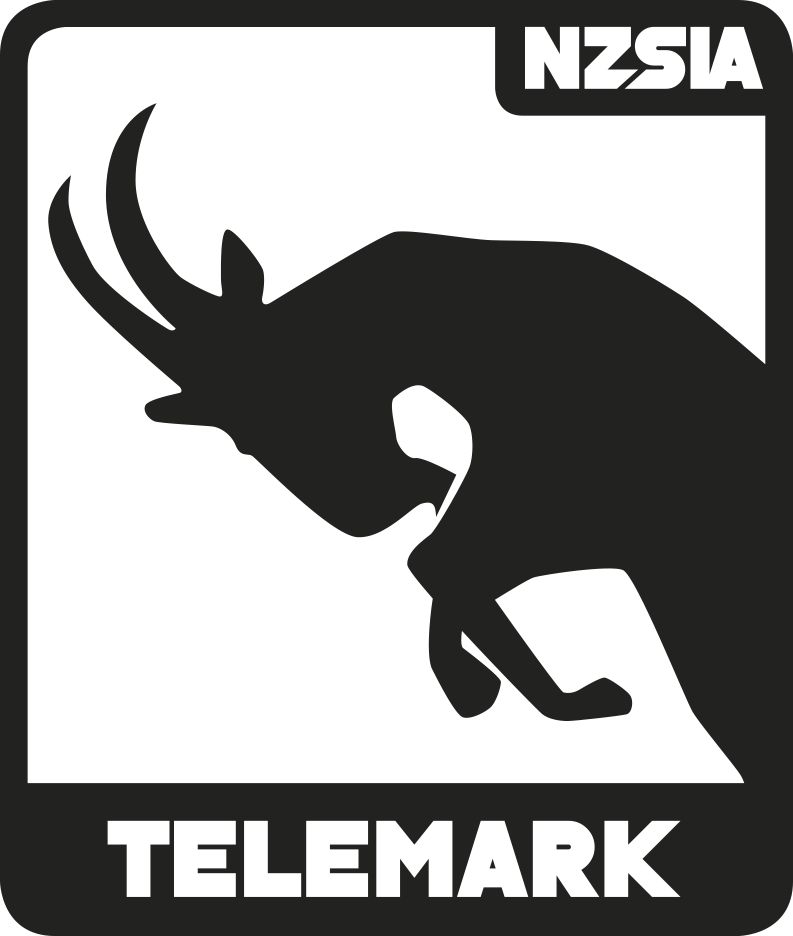Telemark skiing combines the grace of free-heel movement with the challenge of dynamic terrain. For beginners, the journey starts with learning the equipment, developing a balanced stance, and understanding how to move efficiently on flat terrain. Whether transitioning from alpine or starting from scratch, all new telemark skiers need time to adjust to the unique feel of free-heel bindings and flexible boots. Early lessons focus on mobility, balance, and stance—foundational elements that set the stage for smooth, controlled skiing. An engaging, progressive approach builds confidence while introducing the fundamental movements that underpin telemark technique.
Diagonal Body Position
 What, Why, How
What, Why, How
What
The diagonal body position in modern telemark skiing mimics the natural movement of walking.
- One foot and the opposite hand advance simultaneously, keeping the body centred and balanced.
- This creates a rotational movement that generates separation between the upper and lower body.
Why
- Develops rotational separation, which is key for turning and body control.
- Helps students understand the interaction between upper- and lower-body movement.
- Prepares skiers for turning mechanics by combining diagonal positioning with straight gliding.
- This movement that provides stability/ resistance of the upper body is what will keep students from spinning around backwards once they move into turning.
- Introduces rhythm, flexion-extension, and rotational movements in a coordinated way.
How
- Start in a telemark stance and begin sliding forward (as in straight run).
- Rotate the upper body to look over the leading leg.
- Advance the opposite hand over the opposite leg.
- Maintain hands at hip level with relaxed arms to promote smooth movement.
- Perform rhythmic, synchronised lead changes while maintaining the diagonal body position.
- Integrate flexion and extension movements into each transition.
- Draw on all previous straight gliding exercises to reinforce stability.

When
- Immediately following the lead change progression, once students are comfortable with basic telemark positioning.
Where
- Flat to gently sloping terrain to allow for controlled practice.
Exercises
- Diagonal striding – mimicking a walking motion with ski slides.
- Waiter pose – holding an object (e.g., ski pole) in one hand at shoulder height while moving.
- Opposite hand on forward knee – reinforcing upper-lower body seperation.
- Holding a horizontal ski pole on the lead ski side – helping to visualise rotational separation.


